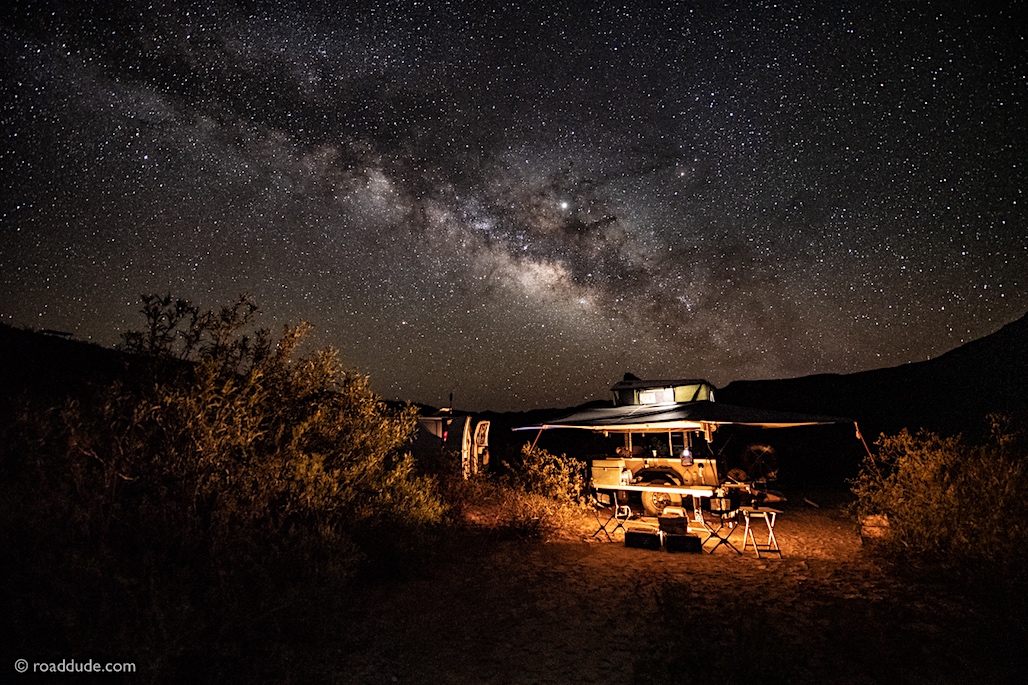Awesome shots dude!
Any hints, tricks, or high-level advice for astro photos? I'm just getting back into photography after 20+ years of hiatus (and I was an amateur then anyway). Settings on some of these shots?
My big draw back was night photography. I just got a Nikon D7500 for my b-day from my wife (she's sick of totally black images when I try to take night shots - haha). I'm looking to capture the heavens when we are out in the wilds.
thanks!
There are a lot of great shots in this thread and you haven't said who you're asking (the person is often notified if @ mentioned or quoted), so we have no idea. I'll provide some info, though, based on what I've taught myself over the years.
Good glass (as wide an angle as you can and as fast a lens as possible), great camera (full format sensor recommended), rock steady tripod, lots of patience and practice, and a willingness to upset your sleep schedule in severe ways. Studying the night sky, too, as far as lunar schedule and being able to recognize constellations is helpful.
I used a
Nikkor 14-24 f/2.8 lens on a
Nikon D850 DSLR mounted to a
Manfrotto Ball Head on a
Manfrotto 055 Tripod with a
cable release for all or most of my night sky images in this thread.
Settings will vary according to what gear you have available, though the best thing you can do is experiment, bracketing your shots and playing with the variables of shutter speed, f stop, ISO, and focal length. Experiment in a systematic way, not just willy nilly, so you have a better idea of the effect your changes make. Starting with a baseline of 15-20 seconds, ISO 5000-6400 or greater depending on your gear, and as wide an angle and as fast as your lens allows. That means the lowest number in focal length and lowest aperture setting. Then experiment with your settings to either side of that to see what produces the best results with your gear.
There are a ton of tutorials online; some probably just for the model of camera and lens combo you have.
I'm taking on a very limited number of private workshop students this winter while camping in the desert borderlands, if you're interested. DM me, or send email via my
website, if you are.

Milky Way Rising at the time of year the galactic core becomes more visible.
.

Moonset on the Mesa
.

Milky Way with the galactic core and Jupiter visible
Good luck out there!
Road
.
Roaddude - Traveling Photographer/Writer/Artist On the Road In North America. Gear, reviews, people, places, and culture.

roaddude.com


 roaddude.com
roaddude.com


 roaddude.com
roaddude.com

















